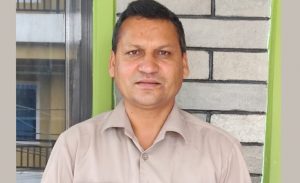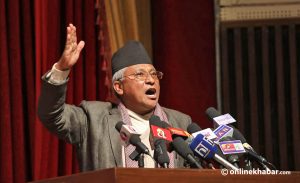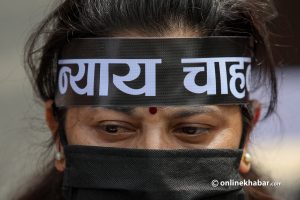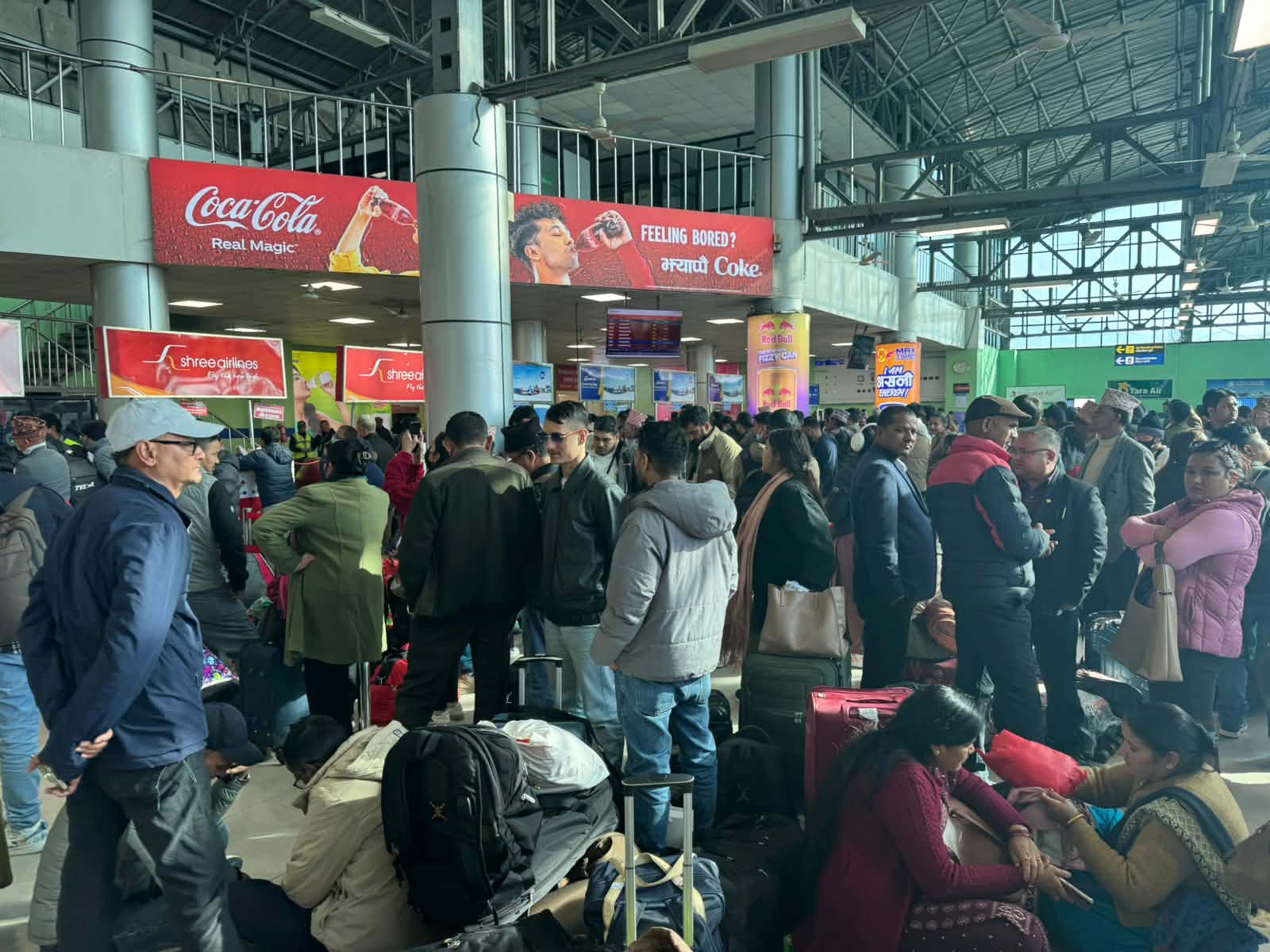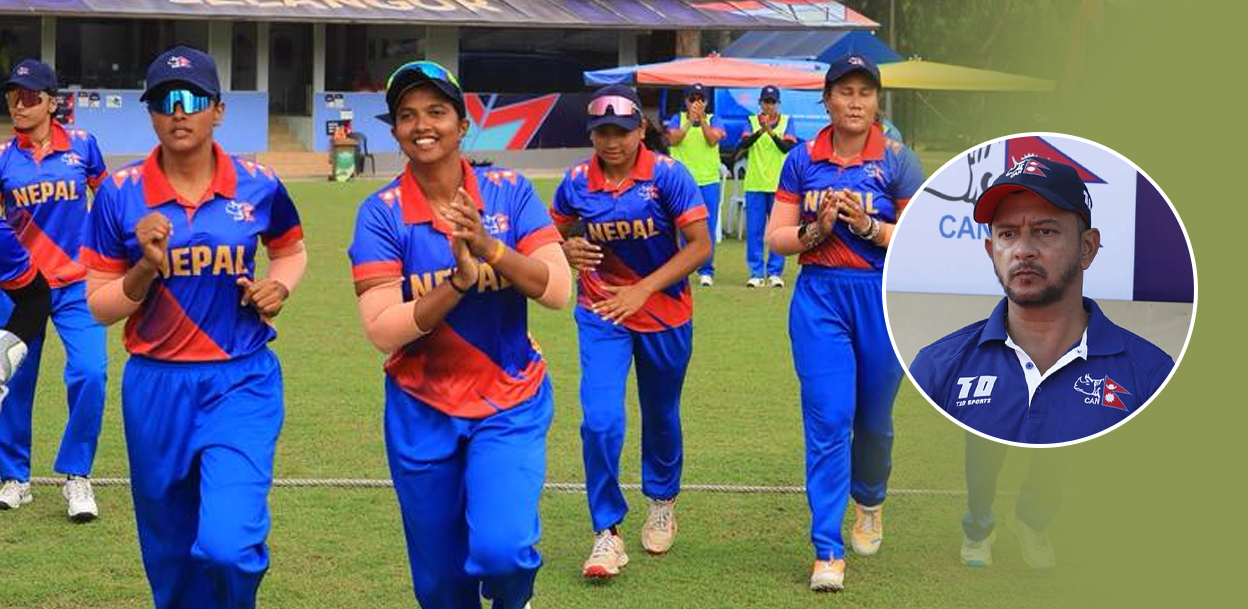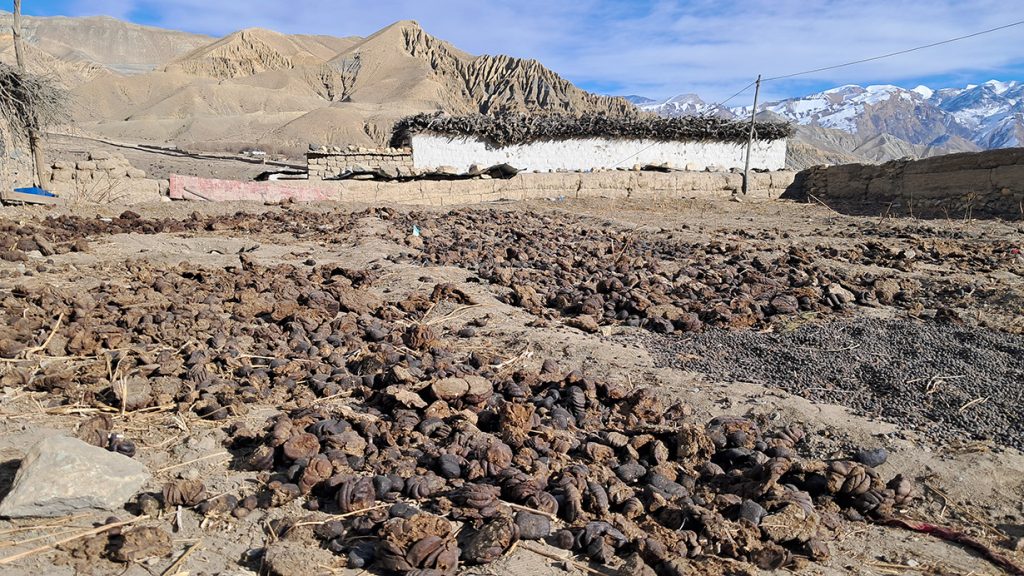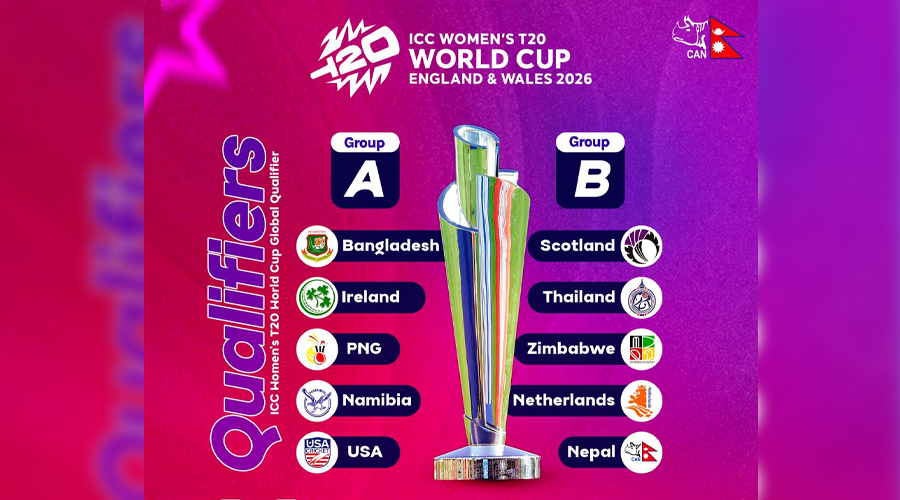
With cases of Dalit discrimination surfacing time and again, the stories that were long buried in our heads have started revisiting consciousness. A few years ago when I (Tsheten) visited one of the villages in Sindhupalchok, I got the first glimpse of caste division. A supposedly old man in white cotton shorts with an empty jar in his hands crouched outside of a wooden door. Many Dalits like him visited my village to sell off goods for a living. Each time he visited, he would refuse to cross the door whenever asked to. “Doors for us are only for an exit,” he would say.
The statement that he uttered in a sombre gesture questioned the law student in me who studied theories of equality in school. The incident marked the awakening of the idea that prior to being a part of the legal entity, equality is a part of morality. It is borne out of the ability to differentiate right and ethical conducts from the wrong ones. It is generated out of the mindset that one is not liable to sufferings because of who s/he is.
According to a recent Record Nepal article, Hira Parki, a Dalit, has been playing his drum outside the Shaileshwari temple since he was 10 without entering the temple till his current age of 74. When Dalit activists won the right to enter the temple legally, he was too afraid to enter. When activists dragged him in, he screamed and passed out.
As law propaganda of Joseph Goebbels states, “Repeat a lie often enough and it becomes the truth”. Truth, therefore, is a construction and is deeply affected by social consensus. When society generates a belief against the powerless, it becomes an established truth. If that belief shares its root from culture, religion, or history, it becomes a verdict. The vulnerable groups are made to follow these dogmas in order to be at peace with society.
Dalits share a similar plight in society. Over the decades, Dalit lynching has evolved brutal with additional cases emerging. The recent killing of six youth in Rukum crossed the level of atrocity and begged bigger questions with regard to the prosecution of the perpetrators and justice to the deceased.
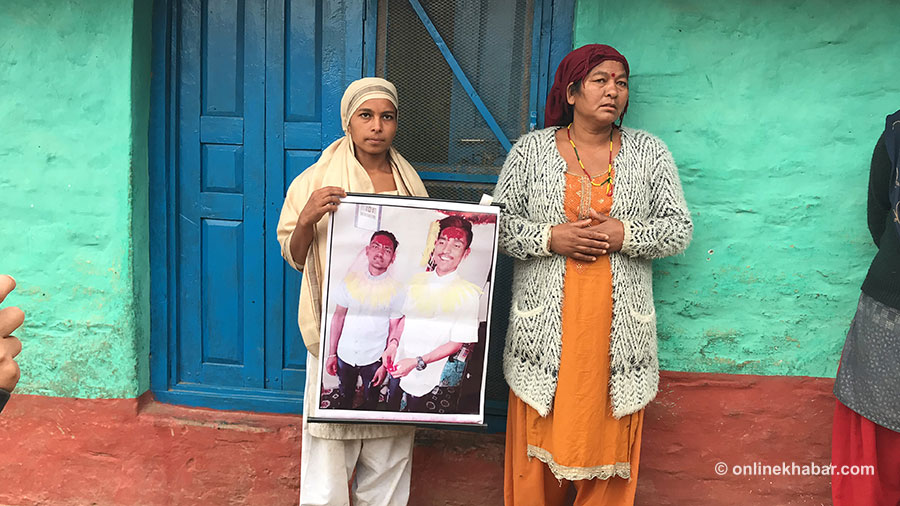
The incident stirred bouts of rage in public. While people took to streets to condemn the killings of six youth, some groups held the usage of word ‘Dalit’ or their submissive demeanour responsible for their societal treatment, therefore announcing the word ‘Dalit’ as discriminatory. Caste is only a notion connected with the state of mind. Change in the thought process is what we are lagging behind. Terminologies in themselves are incomplete without meanings. They lose essence when the meaning gets distorted. Non-usage of terminologies like ‘Dalit’ may never do justice to the discrimination Dalits have faced. It shall not make a difference until the mentality of perceiving ‘Dalits’ as a ‘defiled group’ exists.
BR Ambedkar rejected the idea of addressing untouchables as Harijan. When untouchables were addressed as Harijan in India, Ambedkar rejected the idea. He believed that addressing as ‘untouchable’ is evident for the wrongdoer to know that the wrong is there, still to be readdressed. For him, giving a new name was concealment, a fraud upon the untouchables, and a false absolution to the oppressors.
Why Rukum killing was an exception
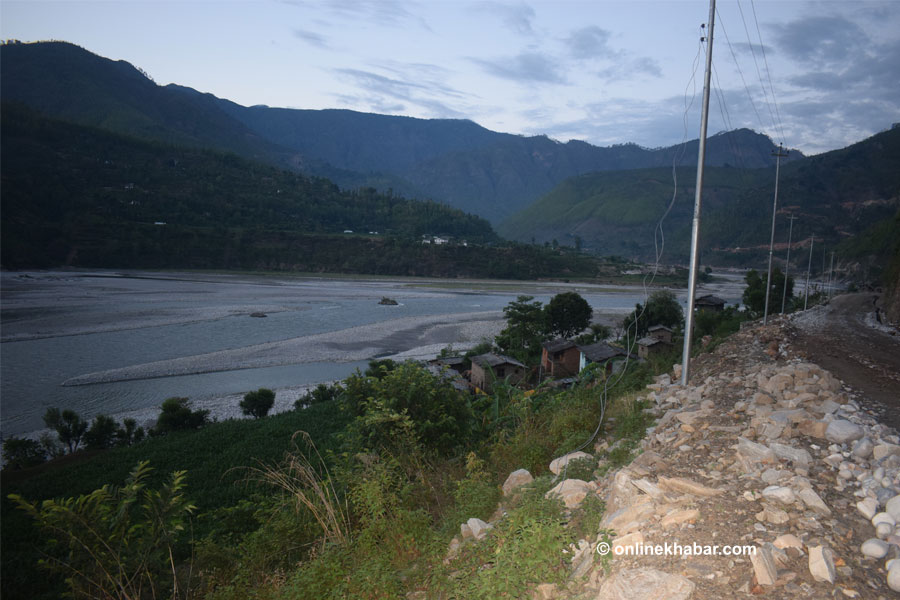
Nepal Monitor, a Nepali human rights organisation, has recorded approximately 33 incidents of caste-based discrimination or violence in 2020, although Dalit activists claim that the vast majority of cases go unreported and a very few result in official action.
The international legal regime started to recognise ‘caste’ as a ground of discrimination under the Committee on the Elimination of Racial Discrimination (CERD) in the 2002 General Recommendation No 29. However, in a span of 18 years, many Dalits like Nabaraj BK have been brutally killed under the pretext of caste-based discrimination. In the past 10 years, many lives including Ajit Mijar, Laxmi Pariyar, Rajesh Nepal, Jhuma BK, Setey Damai, and Shiva Shankar Das have been crushed under the feet of casteism.
However, Rukum killing was certainly infamous in terms of how the older-generation mob lynched a group of youth. It was also an exception in terms of how youth summoned up to take a leap of faith towards ending perpetual discrimination that they grew up with. The incident was different because had they succeeded in their attempt, many youth could have joined hands to see a gradual demolishing of caste-based discrimination.
Nabaraj BK, who had weaved beautiful dreams with the love of his life without thinking the repercussions, chose to get married with an upper-caste girl. The righteous thing for him cost him his life. His dreams of togetherness shattered when he and his friends who broke the constructive societal barriers were brutally murdered. It is not only six young men who have died, but it is the death of the society where the notion of equality yearned to stand firm. It is the death of the community where justice desperately longed to prevail. It is a social failure because, for all these uncertain years, no other youth may ever conjure up the courage to live up their share of freedom.
Historical inception of caste discrimination
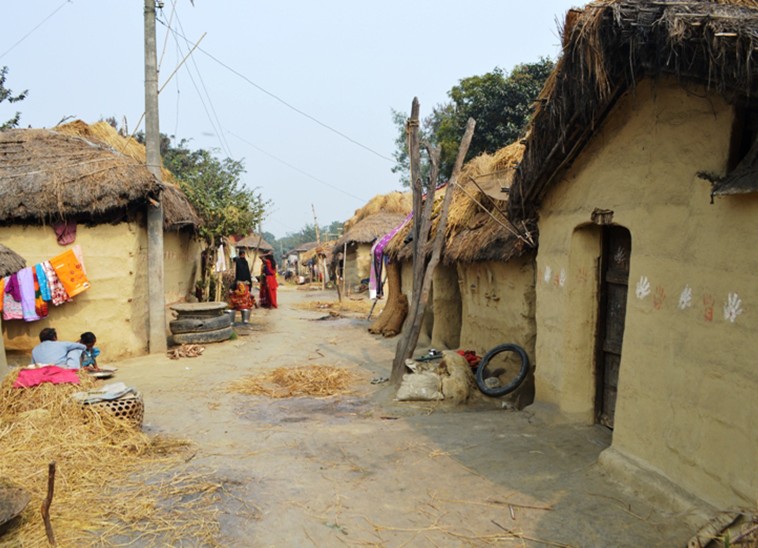
When we have a closer observation of the Nepali history, the traces of caste-based discrimination seem to have evolved back then. The traditional social stratification borrowed from the Hindu Chaturvarnashram model comprised of four social classes or Varna systems—Brahman, Kshetriya, Vaishya, and Shudra. These Varnas, hierarchically categorised in terms of their professions, were later termed as ‘Jaat’.
Caste-based discrimination that is still prevalent today shares its base from the historical legal documents including ‘Nyaya Bikasini‘ (1380), ‘Chhabis Thiti‘ (1666-1693BS) and ‘Muluki Ain’, (1854).
According to Nyaya Bikasini, “If a Brahman insults a Shudra by verbal abuse, he should be fined twelve pana (a denomination of coin at that time). However, if a Shudra insults a Brahman in such a way, he shall receive a death penalty.
As per the Fifteenth Rule issued by King Ram Shah, “To execute a Brahmin may be blameworthy to Brahmahatya (murder of a Brahman), and if you do not execute them, others may blame you for impunity. Therefore, ‘mudnu’ (razing hairs from someone’s head) is equal to the death penalty.
Similarly, the ‘Caste’ division under Muluki Ain (1854) included ‘pure’ and ‘impure’ castes. Four divisions were listed as Thagadhari, Matwali, impure but touchable castes, and impure and untouchable castes.
Albeit these documents have lost their presence in the legal system of Nepal, they undoubtedly rule the mind of many people in the Nepali community.
Legal loopholes

The government of Nepal had declared to provide a financial incentive of Rs100,000 to each newly married inter-caste couple on July 13, 2009. However, only a couple received the incentive before this positive initiation could ever function anymore.
In Nabaraj BK’s case, ward chairperson Dambar Bahadhur Malla’s complicity not only instigated a crime but also posed a legal blockade for justice. Similarly, Amar Bahadur Chaudhary, a ward chairperson of Rupendehi, asked the rapist of Angira Pasi to marry her. Conjointly, the area police office of Dhading trying to dismiss Ajit Mijar’s case as a suicide largely hints the flawed legal system that rather tortures the already oppressed. If marrying a rapist could be unethically justified, how could a willful marriage not be acceptable?
Article 40 of the Constitution of Nepal safeguards the participation of Dalits in all agencies of the state, based on the principle of proportional inclusion, public service and political participation to upgrade the vulnerable groups. However, a minimum participation of Dalits in key decision-making positions of state has dimmed voices of the community. The decentralisation of power is also crucial, which is possible through appointing people from vulnerable groups in all agencies of the state to ensure their active play on fair legal systems.
Equality vs social equilibrium

Caste-based discrimination impedes the progress of society. Status position, according to Max Weber, is taken as a source of domination which is deemed to be derived from one’s religion. Caste is taken as a means of domination on the one hand whereas it is also a metaphor for supremacist trait on the other. In fact, this supremacist trait was evident in early Homo sapiens who hunted down their counterparts Homo neanderthals. The oppression of powerful groups among the vulnerable ones was inevitable and the quest for maintaining balance has always been observed significantly.
The pursuit of equality would be an ideal concept in a country of diversity. As Aristotle puts it, “the worst form of inequality is to try to make unequal things equal.” The idea of equality should rather be understood in a way that we have an equal right to opportunities and have equal access to what the country has to offer to its citizens. The underlying motive is to be equally treated despite any differences that we share among each other.
Anticipating an ideal society could be a utopia, but a society free of caste discrimination is imaginable given that we have completely abolished the Sati system in the past. When we talk on Dalits, equality is a far-fetched dream when social equilibrium is disrupted. A system is said to be in social equilibrium when its interdependent bodies are in a dynamic working balance. Therefore, social change involves alteration of the social order of the society which is possible through changes in social behaviours and institutions.
The authors are students of Kathmandu School of Law, specialising in human rights and criminal law.




